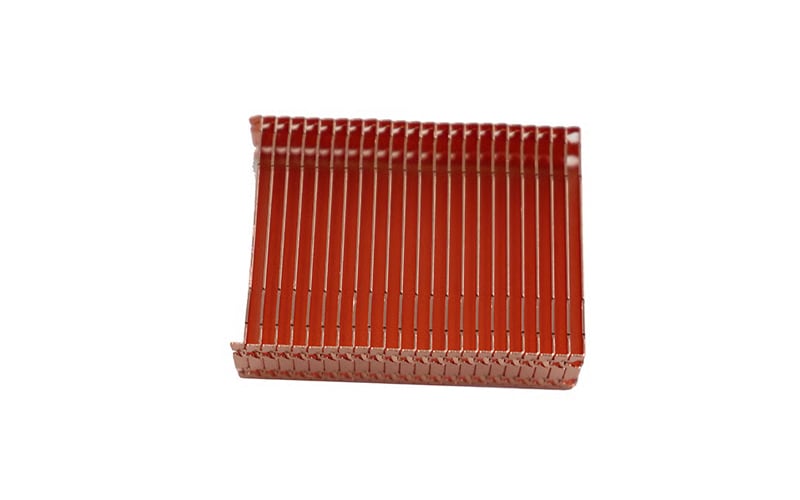Complex geometry stamping is a process used in manufacturing to create intricate shapes and designs on metal sheets. This technique involves the use of specialized tools and machinery to cut, bend, and shape metal into complex forms that would be difficult to achieve with traditional methods.
The Advantages of Complex Geometry Stamping
One of the main advantages of complex geometry stamping is its ability to produce highly detailed and precise parts with minimal waste. This process is cost-effective and efficient, making it a popular choice for industries that require intricate metal components.
Materials Used in Complex Geometry Stamping
A variety of metals can be used in complex geometry stamping, including steel, aluminum, copper, and brass. Each material has its own unique properties and characteristics that make it suitable for different applications. It is important to choose the right material for the desired end result.
Complex Geometry Stamping Techniques
There are several techniques used in complex geometry stamping, including blanking, bending, coining, embossing, and flanging. Each technique serves a specific purpose and is used to create different shapes and designs on metal sheets.
Applications of Complex Geometry Stamping
Complex geometry stamping is used in a wide range of industries, including automotive, aerospace, electronics, and medical devices. It is commonly used to produce components such as brackets, panels, enclosures, and housings.
The Importance of Precision in Complex Geometry Stamping
Precision is key in complex geometry stamping to ensure that the final product meets the required specifications and standards. Even the smallest deviation can lead to defects or failures in the finished part, highlighting the importance of precision in the stamping process.
Design Considerations for Complex Geometry Stamping
When designing parts for complex geometry stamping, it is important to consider factors such as material thickness, tolerances, and tooling capabilities. Working closely with engineers and stamping experts can help ensure that the design is optimized for the stamping process.
Quality Control in Complex Geometry Stamping
Quality control is essential in complex geometry stamping to maintain the highest standards of quality and ensure consistency in the finished parts. Regular inspections, testing, and calibration of equipment are key components of a successful quality control process.
Challenges in Complex Geometry Stamping
Despite its many benefits, complex geometry stamping also presents challenges such as tool wear, material distortion, and potential defects. These challenges can be overcome through proper planning, tool maintenance, and process optimization.
The Future of Complex Geometry Stamping
As technology advances and manufacturing processes become more sophisticated, the future of complex geometry stamping looks promising. With continuous innovation and improvement, this technique will continue to play a crucial role in creating complex metal parts for various industries.
Quote Inquiry
contact us

